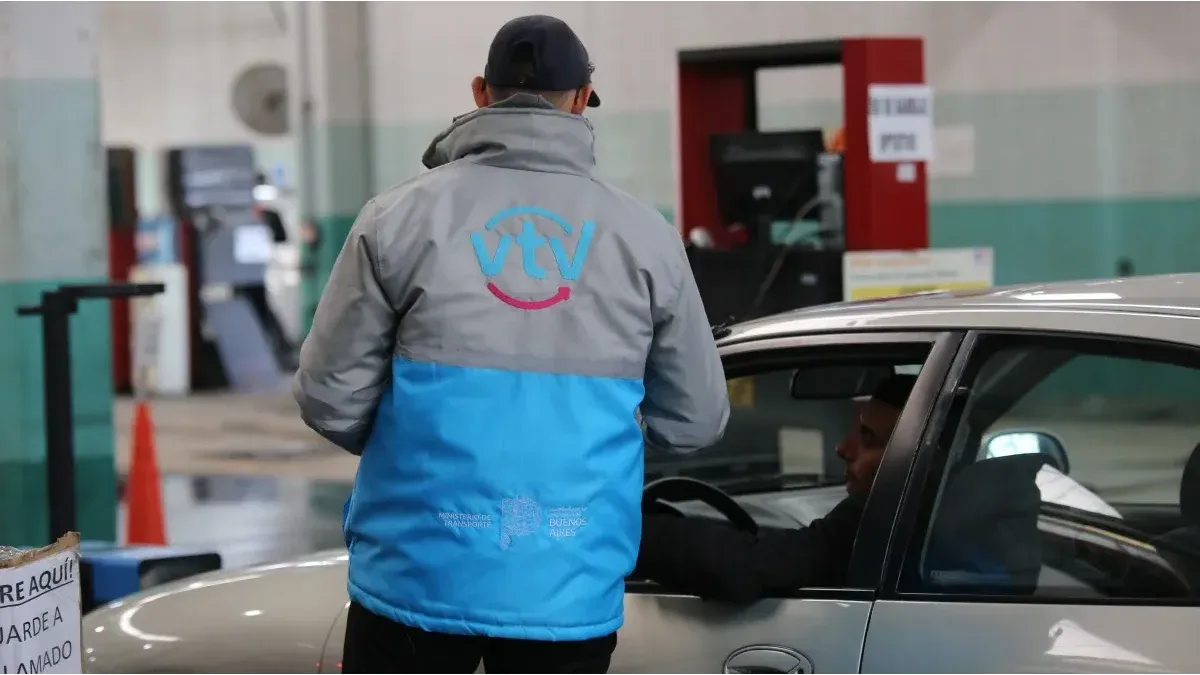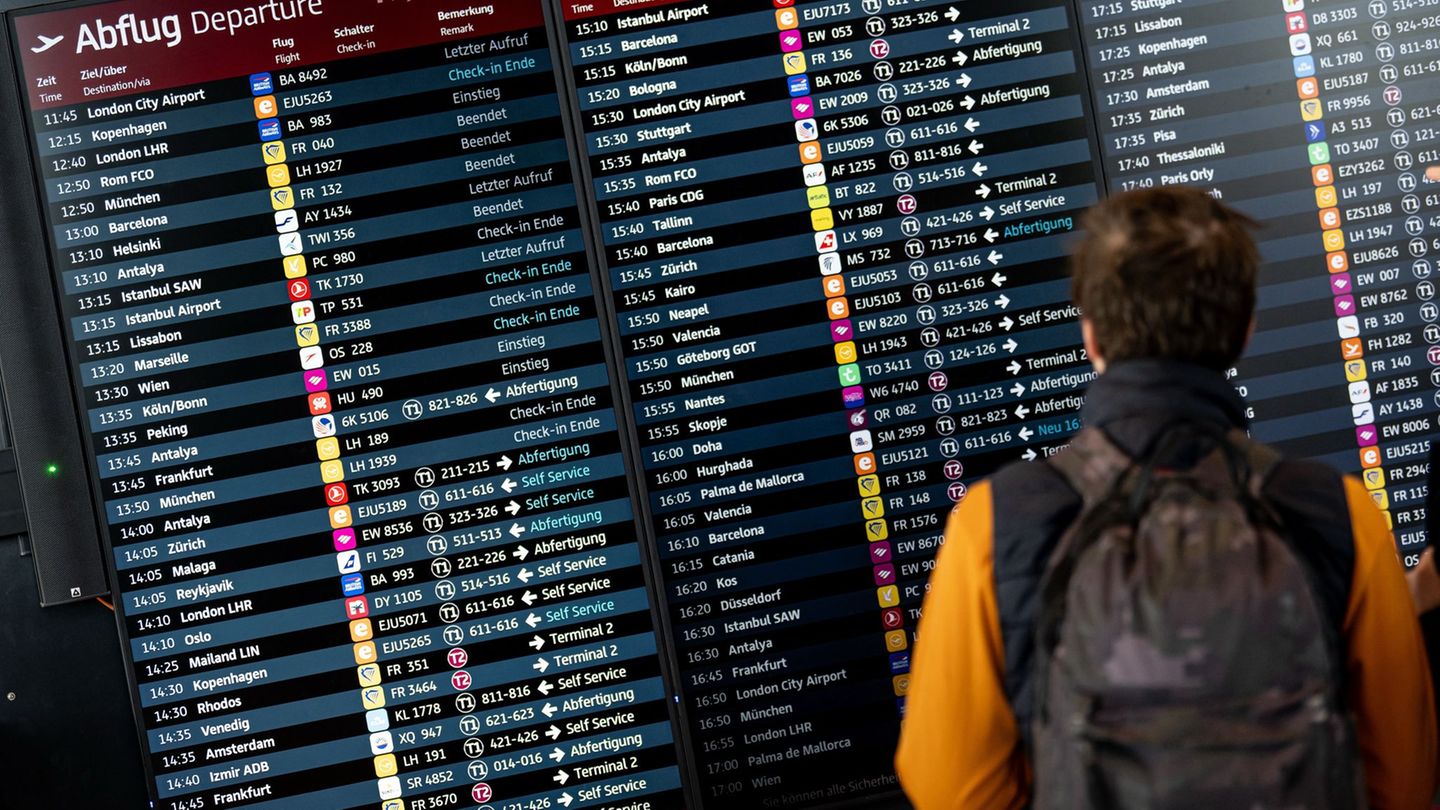This determination benefits those owners who are no longer forced to carry out the control, evaluates both the mechanical condition like the environmental impact of vehicles, to be able to circulate. Its primary objective is reduce accident risks caused by technical failures and reduce pollution.
In that sense, this review is responsible for examining key aspects of vehicle mechanics such as brakes, tires, emissions systems and lights.
If the vehicle passes the inspection, You are given a wafer that allows you to circulate for a certain periodensuring its suitability for transit.
What vehicles can be exempt from the VTV
According to the regulations that currently govern, There are some cars that are excluded from carrying out the procedureor minimally from your payment. The vehicles that may be exempt from the VTV are:
- Cars for people with disabilities: This means that those owners with Single Certificate of Disability (CUD) They are exempt from paying the cost of the procedure, although the review is still mandatory.
- Municipal service cars: All vehicles used exclusively for municipal public services, be they cars or trucks, are also not required to pay the VTV, but the check is still imperative for them as well.
- Retirees, pensioners and those over 65 years of age: All headlines that receive up to two minimum retirement assets They are exempt from payment, as well as those who receive a pension. This exemption also applies to people over 65 years of age who meet that income requirement.
- Fire department units: No vehicle placed at the service of fire departments pays the VTV. However, they must carry out the control anyway, ensuring that they comply with the rules.
How to carry out the VTV process
Although it can be tedious at times, The process to perform VTV is simpler than you think. The first step is manage a shift within the month that corresponds to the vehicle, saccording to the patent that you have.
The duration of the review usually does not exceed 20 minutesalthough its minimum It is not usually lower than 15 either. minutes. Of course, if you observe serious failures or re-inspections requiredtime increases.
If no worrying faults are detected that prevent circulation or could pose a risk to themselves and third parties, the vehicle is enabled to travel until the next check.
In the City of Buenos Airesnew cars must perform the first verification in the fourth year of your registration. Meanwhile, in the Province of Buenos Aires, VTV is mandatory from two years from the date of registration of the vehicle as new.
For its part, for those vehicles with greater transport such as trucks or buses, the verification is carried out under the system of Mandatory Technical Review (RTO)which has its own specific conditions and requirements.
How much does it cost to make VTV?
Private cars
- Province of Buenos Aires: $44,157.21.
- CABA: $44,857.12.
Motorcycles
- Province of Buenos Aires: Up to 200 cm³: $17,670.09. Between 200 cm³ and 600 cm³: $26,505.13. More than 600 cm³: $35,340.17.
- CABA: A single cost of $16,866.19 for all cylinder capacities.
Source: Ambito
I’m a recent graduate of the University of Missouri with a degree in journalism. I started working as a news reporter for 24 Hours World about two years ago, and I’ve been writing articles ever since. My main focus is automotive news, but I’ve also written about politics, lifestyle, and entertainment.




